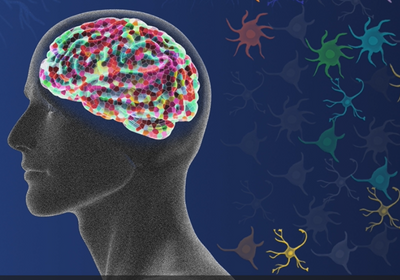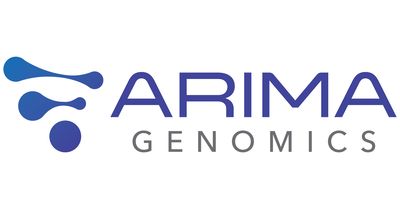When it comes time to eat, our choices can be guided by subconscious dietary needs. This effect can be magnified in pregnancy as the nutritional demand is so much higher and can even lead to intense or unusual cravings. In a new study in Nature, researchers from the Champalimaud Centre for the Unknown in Portugal have imaged Drosophila melanogaster brains at the time of food selection in order to help understand the decision-making process.
The scientists observed four groups of fruit flies, separated by whether or not they had mated and if they were fully fed or deprived of protein. As the insects were offered different types of food, their brain activity was recorded to see how the subesophageal zone—a little-studied area of the Drosophila brain tied to their sense of taste—responded to foods, such as sugar and yeast, that met specific dietary needs.
“Through this work, we identified a general principle by which internal states are integrated to shape brain function and decision-making,” coauthor Carlos Ribeiro explained in a press statement. “In addition, the new microscopy strategy we developed in this study may prove valuable for understanding the neural basis of behaviour both within and beyond food choice.”





